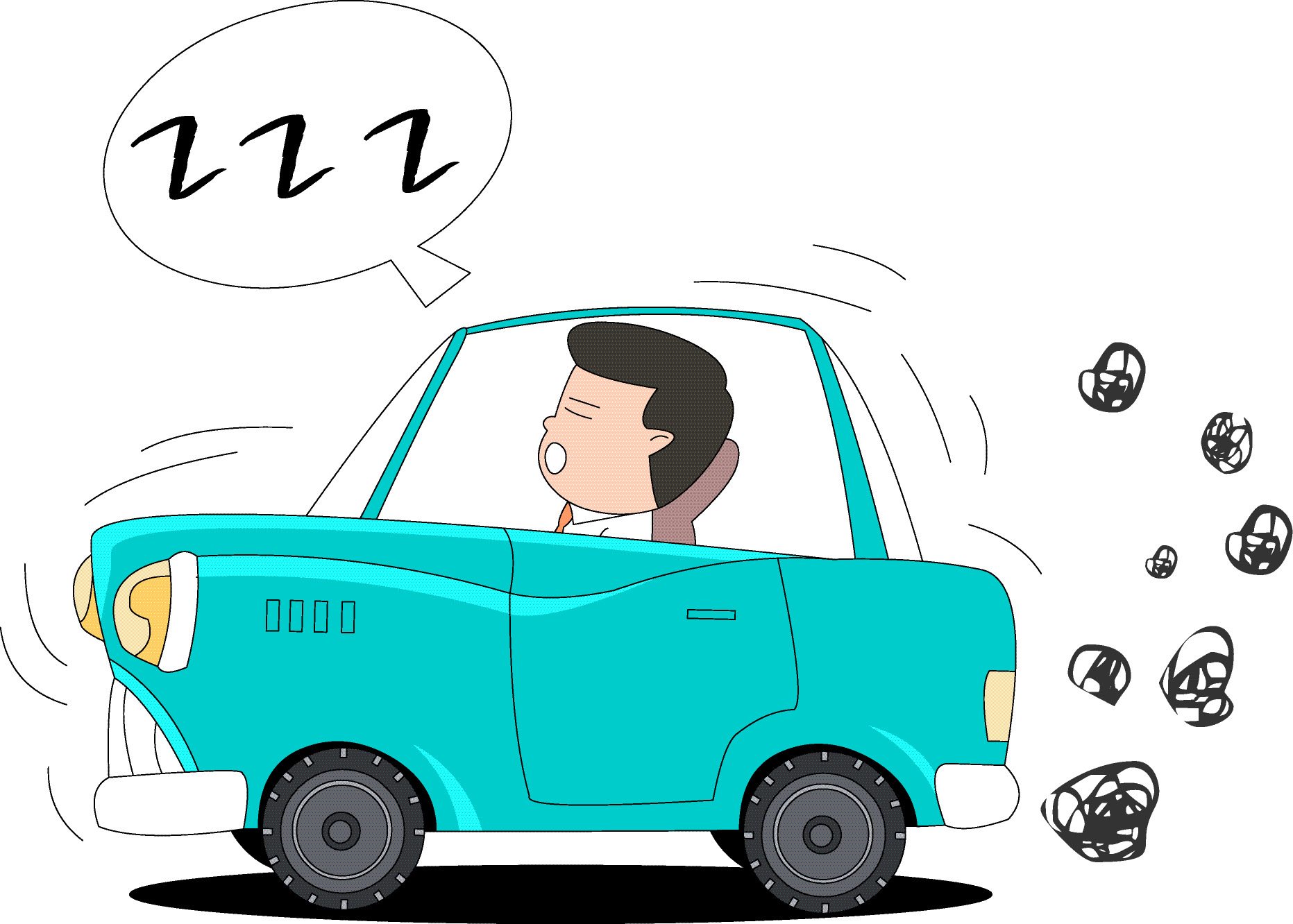
by: Karen Bradley
Idle time is not only costly but inefficient and hard on the environment. Financial losses and environmental impact are so serious that several states, such as Wisconsin, have offered trucking companies large grants to help them purchase equipment and take other measures to avoid long idle times. No matter what size fleet you manage, excessive idling is costing you money.
Not to mention that idling is hard on your vehicles, increasing the number of oil changes and the amount of maintenance required on your vehicles. This increases your fleet costs, but without providing a return on that investment.
There are several strategies fleet managers can take to reduce idle time and even avoid it altogether.
One of the keys to taking action to reduce idle times is to know what is going on with your drivers and your fleet. The simplest way to get insights into this is with vehicle tracking.
The biggest plus to vehicle tracking is that you have data to approach drivers with when it comes time to educate them on the costs of idling.
It can also enable you to schedule appointments more efficiently, direct the closest idle driver to the next job or an extra one, and make your fleet more efficient in general.
Keep in mind that an hour of idling, even for smaller engines, uses at least half a gallon of fuel per hour.
What do you do with the data you have from your fleet tracking software? First, you educate your drivers and set up company best practices when it comes to idle time. These can include:
Keep in mind that there are simple ways to keep these best practices top of mind for drivers: gamify the system, offering rewards for safe vehicle operation, provide prizes, or offer the ability for drivers to “level up” for good performance.
Make this a part of your driver scorecard system to help reinforce efficient driver behavior and lower idle times. This will keep your drivers engaged, productive, and conscious of their behavior behind the wheel.
Reducing or avoiding idle time can save your company thousands of dollars per year and lower your environmental impact. Need to know more about vehicle tracking systems and how they can help you? Contact us at EcoTrack Fleet Management. We’re here to answer your questions.